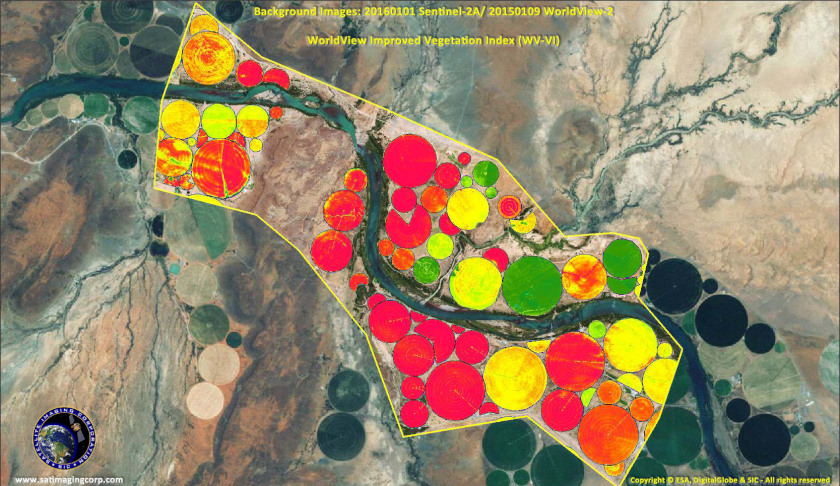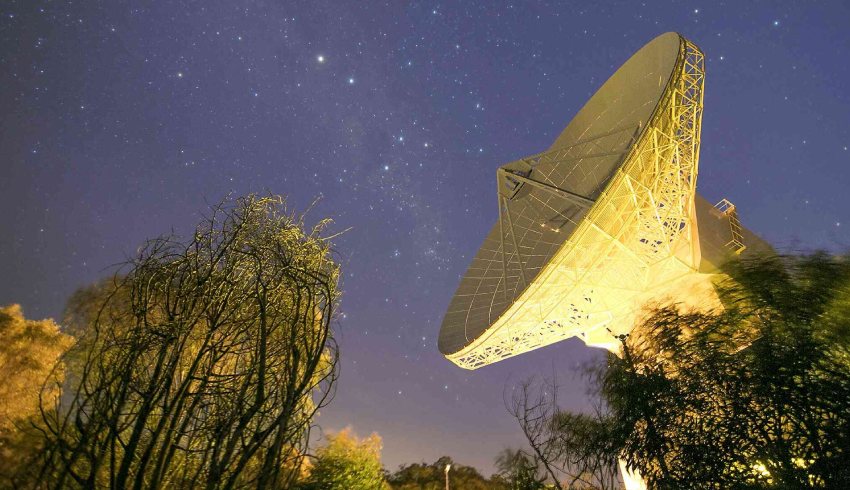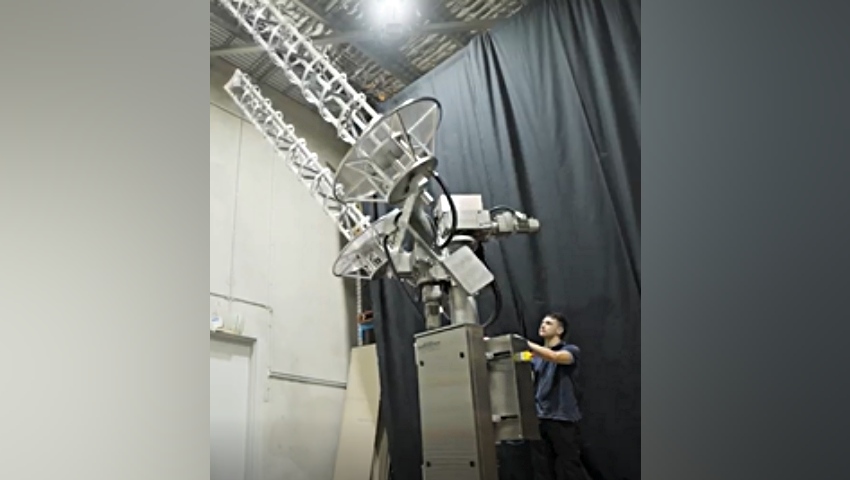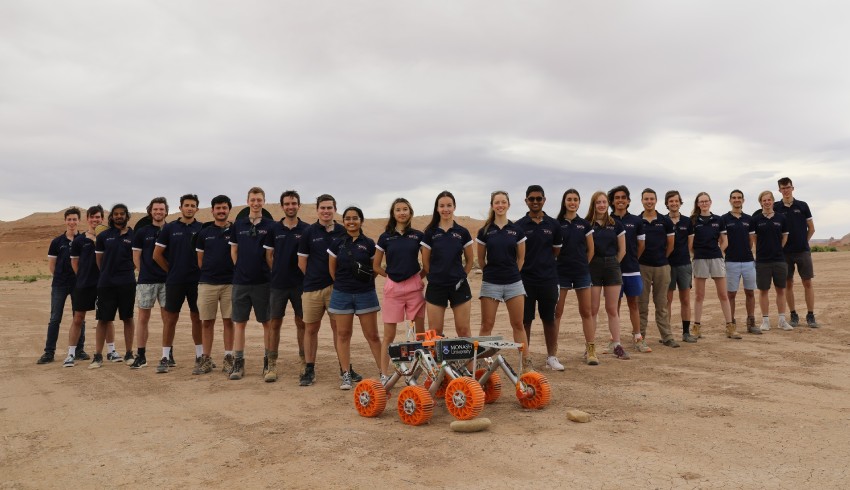
Where once GPS was accurate to tens of metres at best, SBAS gives accuracy to centimetres, allowing farmers to precisely plant crops or for aircraft to fly closer together during landing approaches.
GPS operates by way of a constellation of satellites initially developed for the US military but which now provide positioning services accessible by anyone.
Geoscience Australia received funding of $160.9 million in the 2018-19 federal budget to support development of an operational SBAS over four years. This was part of $225 million allocated for better positioning systems across Australia.
Geoscience conducted an industry briefing in Canberra on Monday to explain its request for information to potential industry partners.
It said SBAS should augment standalone global navigation satellite system (GNSS) positioning to support the aviation, maritime, rail and road transport sectors, which require high-integrity positioning with guaranteed performance.
“The SBAS should also support a precise correction capability that can deliver decimetre accurate services across all of Australia and its maritime zones with anticipated applications in the agriculture, maritime, mining, spatial and construction sectors,” it said.
“An Australian SBAS should overcome current gaps in mobile and radio telecommunications coverage that should ensure that accurate and reliable positioning information can be received anytime and anywhere outdoors within Australia.”
The capability of SBAS is quite well understood, following a two-year trial supported by the Australian and New Zealand governments that concluded in January.
That tested two new satellite positioning technologies – next generation SBAS and Precise Point Positioning (PPP).
It involved an L-Band satellite transmitter operated by Inmarsat, satellite uplink capability at Uralla, NSW operated by Lockheed Martin, a positioning correction service operated by GMV and Geoscience, a GNSS ground tracking infrastructure operated by Geoscience Australia and Land Information New Zealand (LINZ), and the development of a testing program delivered in partnership by Geoscience Australia and FrontierSI.
LINZ is overseeing the SBAS test-bed program in New Zealand. SBAS capabilities already exist overseas with WAAS in the US and EGNOS in Europe.
The Geoscience RFI paper said it will be responsible for the provision of three services to users in Australia.
The L1 service will augment the GPS constellation only over the GPS L1 frequency. This signal will be a safety critical system and should be certified by the Australian Civil Aviation Safety Authority.
That’s expected to provide sub-metre horizontal accuracy to support aviation applications. The dual-frequency multi-constellation (DFMC) service should incorporate two GNSS constellations over two frequencies to provide sub-metre accuracy. It could be certified for safety of life for aviation and other sectors.
The PPP service is expected to provide horizontal accuracies of 10-15 centimetres for a range of industries by way of frequencies allocated to the L-band aeronautical radio navigation satellite.
Geoscience said it prefers that PPP service that should be openly accessible and able to be incorporated onto mass market GNSS devices.
The system should be designed to allow further future enhancement such as emergency warning system messaging and service authentication. It should be scoped to prepare for extension to include coverage across New Zealand and its maritime zone.
Receive the latest developments and updates on Australia’s space industry direct to your inbox. Subscribe today to Space Connect here.








